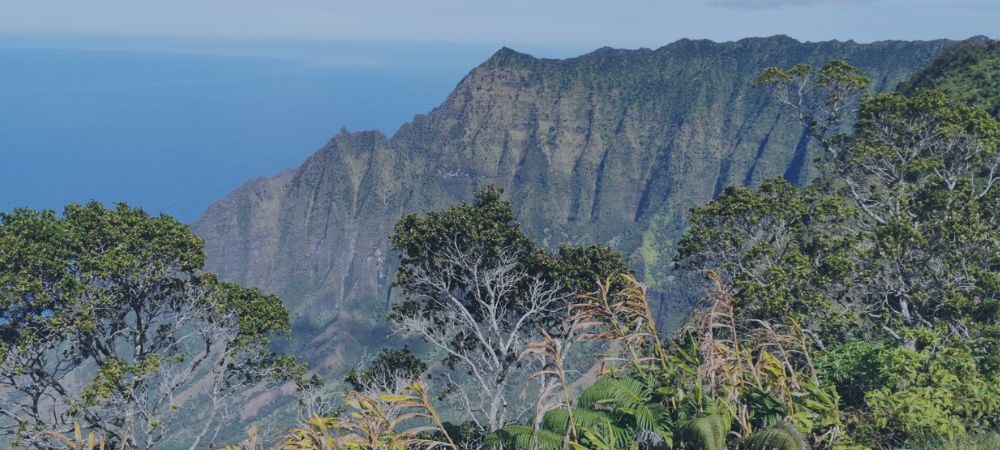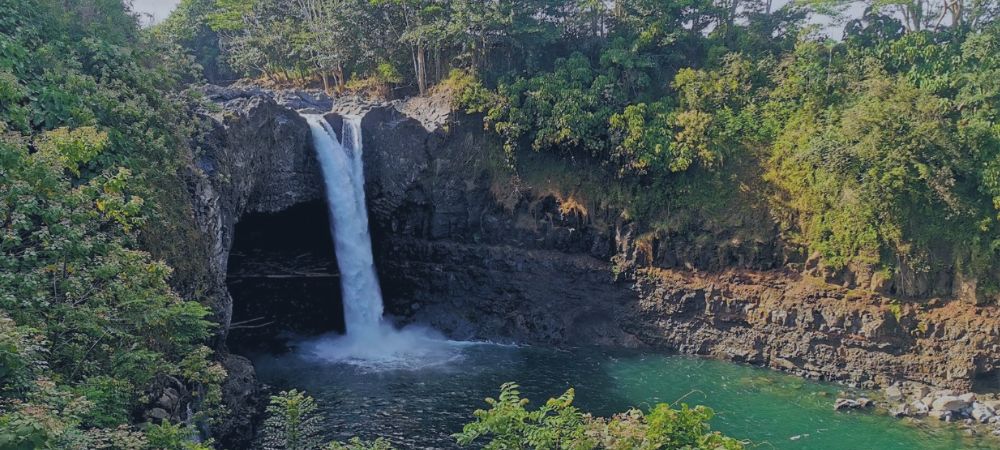Introduction to ‘What To Do In Varanasi’
Varanasi, also known as Banaras or Kashi, is located at the Ganges River and stands as one of the world’s oldest living cities. This ancient city, regarded as the spiritual capital of India, offers a journey not just through narrow lanes or along the Ghats, but through the very essence of human civilization and spirituality.
As you step into Varanasi, you are stepping into a living museum where every corner tells a story, each Ghat whispers legends, and the air itself carries the fragrance of incense and the echoes of age-old chants. This city is a kaleidoscope of colors, from the saffron robes of Sadhus to the shimmering lights of the evening Aarti. It’s a place where the past and present, the material and spiritual, coexist in a harmonious symphony.
In this blog, we will explore the heart of this city, get to know what to do in Varanasi by uncovering the must-visit sites, delving into the unique cultural and spiritual offerings, and answering common queries that travelers have.
Make also sure to check out our 4-weeks India travel guide for further information where to go, what to do and see in India. If you do not have enough time to travel to this amazing country for 4 weeks, you may check out our 2-weeks North India itinerary.
Don’t want to travel alone to India and do a fully guided tour instead? Check out Tourhub, a platform offering guided tours all around the world. Do not forget to use my code SALLY1GURU for a 5% discount.
Still looking for cheap flights to India? I’ve got you covered! Check out WayAway, your ultimate flight comparison tool, and discover how easy it is to find unbeatable deals. Get the iOS app or android app here.
Click on the link or use the tool down below for a quick search!
What To Do In Varanasi?
First and foremost, I want to recommend you to do a full city tour. We did a 10-hours day tour and it was a mesmerizing experience that I would really recommend for any tourist to better understand the spiritual and holistic background of this city.
This is the tour we did and really enjoyed but there are several others like this here which is even 13 hours long. Most of these tours will cover the following top attractions in Varanasi. But now let’s dig deeper in what to do in Varanasi.
1. Ganges River: The Lifeline of Varanasi
The Ganges River is not just a river in Varanasi – it’s the lifeline and the soul of the city. Taking a boat ride during sunrise along the Ganges offers an ethereal experience. As the first rays of the sun touch the waters, the river transforms into a golden pathway, with the backdrop of Ghats and temples adding to the surreal beauty. Witnessing the Ganga Aarti, a grand evening ritual performed on the banks, is a spectacle that combines spirituality, music, and a visual feast of lights.
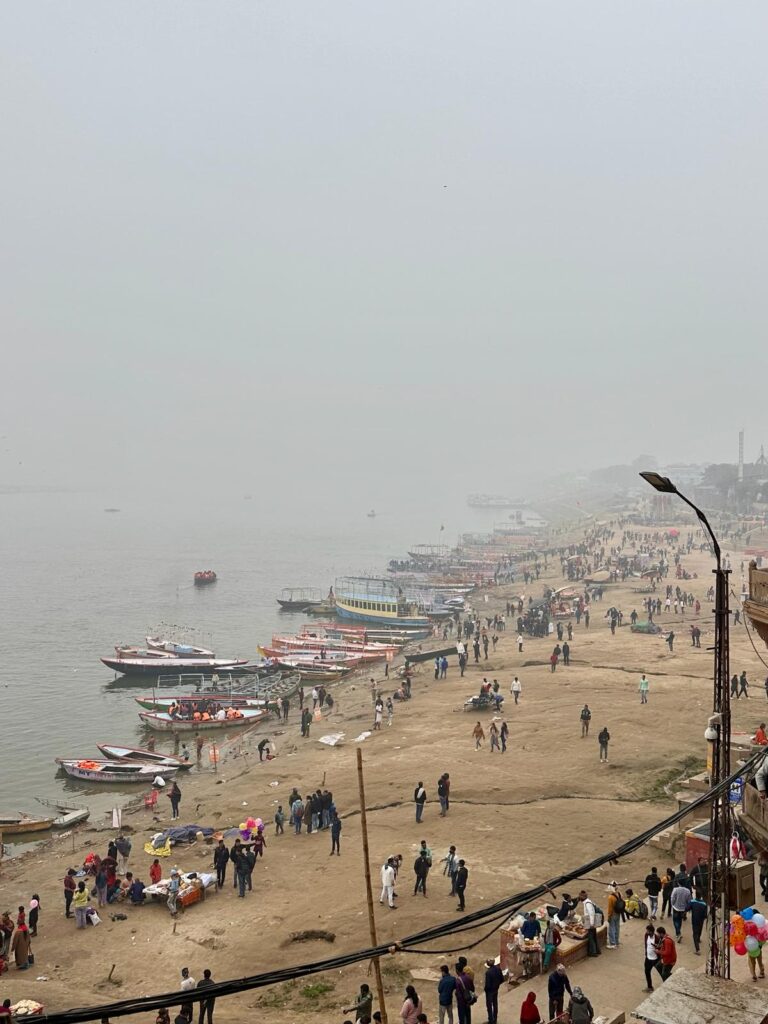
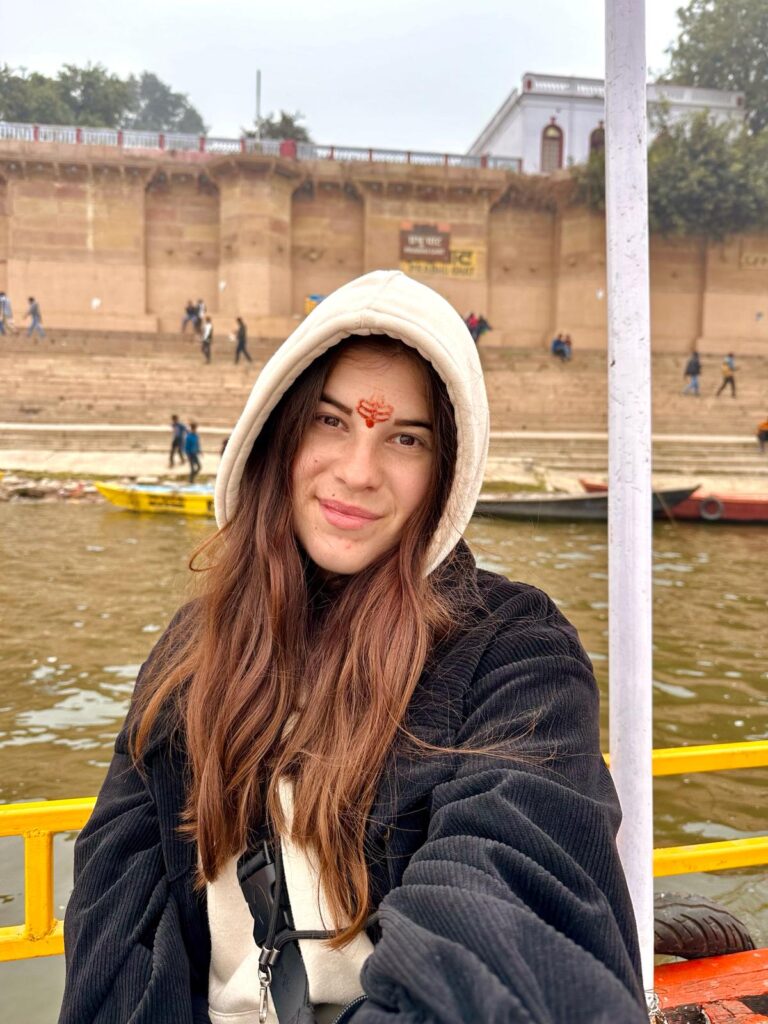
2. The Ghats: Steps to the Sacred Waters
Varanasi boasts around 88 Ghats, each with its unique story. The most famous, Dashashwamedh Ghat, is known for its vibrant atmosphere, with flower sellers, boat operators, and sadhus contributing to the lively scene. Another notable Ghat is the Assi Ghat, where the morning Aarti is a delightful experience. These Ghats are not just steps to the river; they are the stages where life and death, joy and sorrow, are played out in full view.
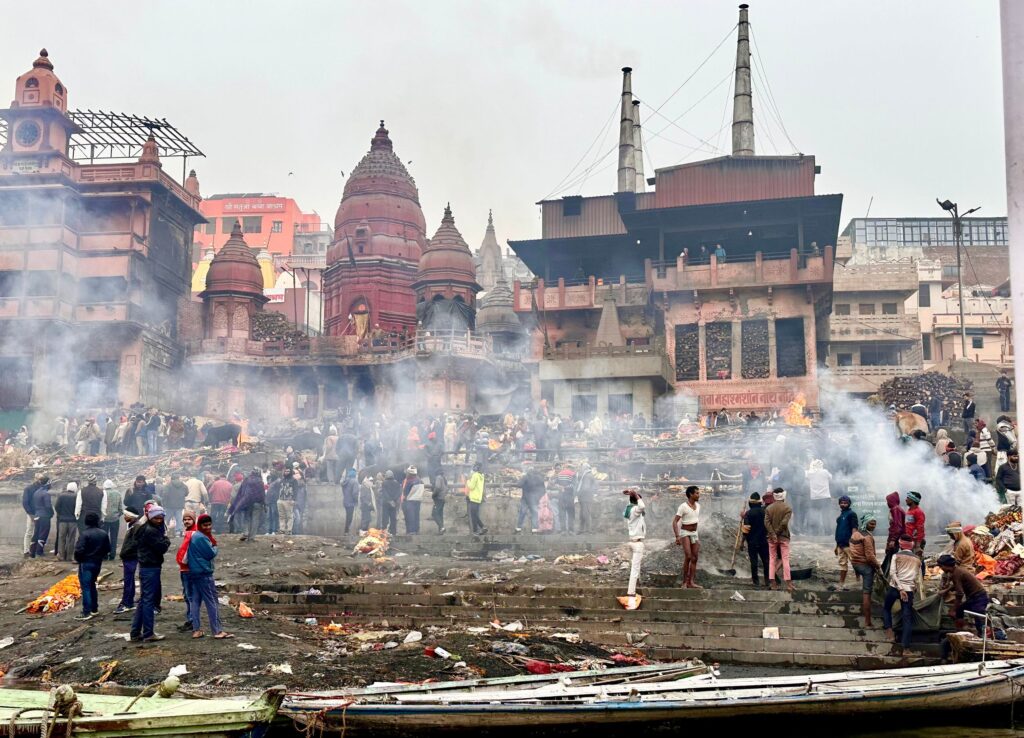
3. Kashi Vishwanath Temple: A Beacon of Faith
The Kashi Vishwanath Temple, dedicated to Lord Shiva, is a must-visit site in Varanasi. This temple, one of the twelve Jyotirlingas, is a beacon of faith for millions of Hindus worldwide. The temple’s history, architecture, and the spiritual aura that pervades its precincts make it a profound experience for visitors.
4. Sarnath: Where Buddha First Taught
A short distance from Varanasi lies Sarnath, the site where Lord Buddha delivered his first sermon after attaining enlightenment. The Dhamek Stupa and the ruins of ancient monasteries here are a testament to the site’s historical and spiritual significance.
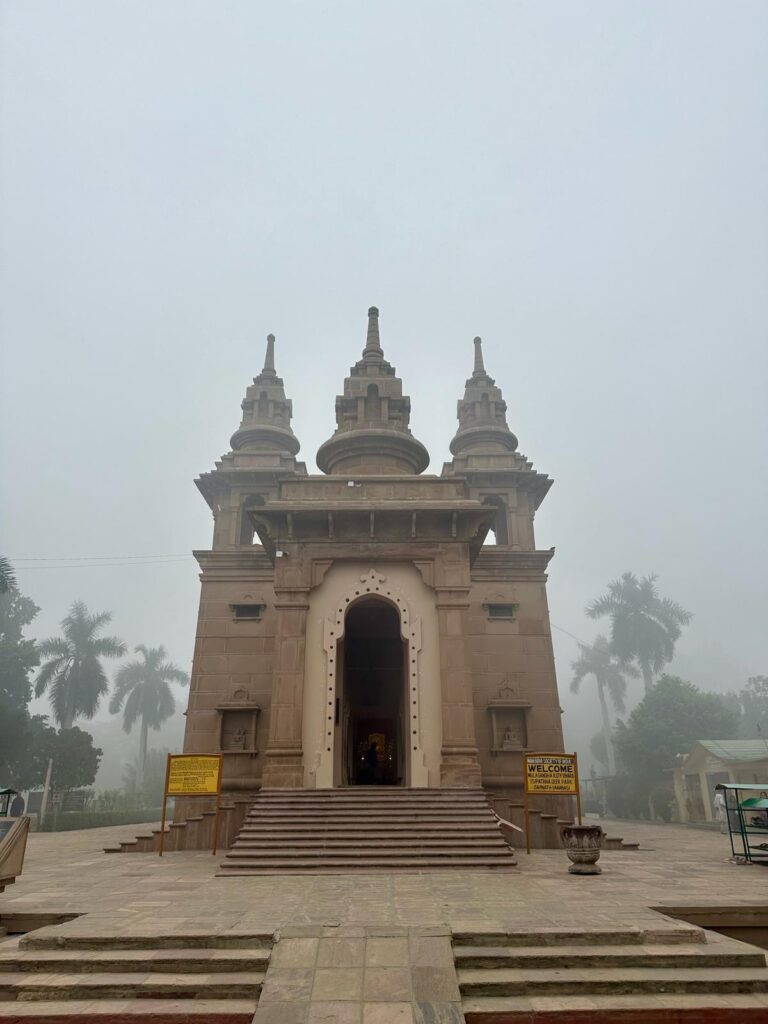
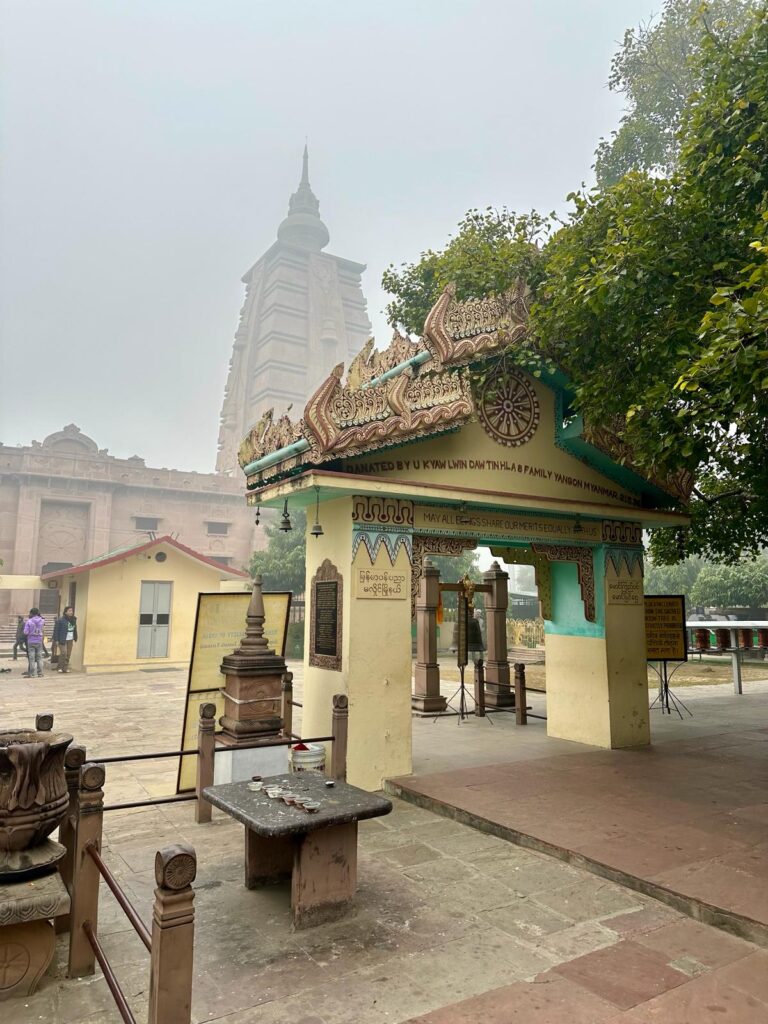
5. Manikarnika Ghat: The Sacred Cremation Ground
Varanasi is also known for its association with Moksha, or liberation, and Manikarnika Ghat plays a crucial role in this belief. As the main cremation Ghat, it presents a stark and powerful image of life’s impermanence, a central tenet of Hindu philosophy.
6. Art Galleries and Workshops: Celebrating Creativity
Varanasi is not all about spirituality and religion. It’s also a hub of creativity. The Ruchika Art Gallery, for instance, showcases beautiful paintings depicting the Ghats and Gods. Moreover, various workshops and classes, like the Mobile Phone Street Photography Workshop, offer unique experiences for visitors.
Cultural and Spiritual Experiences in Varanasi
For a broader selection of Varanasi tours and activities that include both of the following ceremonies, explore platforms such as Viator, GetYourGuide, and TripAdvisor to tailor your adventure to your preferences and interests.
The Sacred Cremation Ceremonies at the Burning Ghats
In Varanasi, the burning ghats, Manikarnika and Harishchandra, are pivotal in the spiritual tapestry of the city, conducting cremations 24 hours a day, every day of the year. Over 200 bodies are cremated daily, yet not all are destined for these flames.
Exempt from cremation are certain individuals, including unmarried individuals, pregnant women, children under the age of 10, and those bitten by cobras, as per Hindu traditions. These groups are believed to be inherently pure and thus do not require the purification of fire.
The cremation process begins with the body’s procession to the ghat, followed by a ritual washing in the Ganges. The body, shrouded in an orange cloth, is then prepared for cremation on a wooden pyre, with a touch of sandalwood added to mask any odors.
The family’s male members circle the pyre, which is lit using the eternal flame at Manikarnika Ghat. For visitors seeking a respectful observation point, boat rides along the Ganges offer a distant yet poignant view of these timeless rituals.
The Ganga Aarti Ceremonies
Varanasi’s Ganga Aarti ceremonies, both at dawn and dusk, are mesmerizing rituals of fire and faith. The evening Aarti at Dashashwamedh Ghat and the morning Aarti at Assi Ghat are profound displays of devotion, where priests use large fire bowls in a synchronized performance of chants and bells.
This ritual is a celebration of life, a tribute to the Ganges River, revered as a goddess in Hinduism. The Aarti ceremonies are more than attractions; they are the heartbeat of Varanasi’s spiritual life, reflecting the city’s deep connection with the divine.
Tips for Food in Varanasi
Varanasi’s culinary landscape is as rich and diverse as its cultural and spiritual heritage. The city’s streets and alleyways are lined with food stalls and eateries, offering an array of flavors that are deeply intertwined with its traditions and daily rituals.
Street Food
The street food in Varanasi is not only good in taste but it’s an experience. From the spicy and tangy chaats to the sweet and creamy lassi, every dish tells a story of the city’s culinary history. Kachori sabzi, a popular breakfast dish, and the famous Banarasi paan, a betel leaf preparation, are must-tries for any visitor. These dishes are not only delightful but also offer a glimpse into the local lifestyle and culinary practices.
Traditional Sweets
Sweets hold a special place in Varanasi’s cuisine, often linked with religious offerings and festivals. The city is known for its variety of sweets like rabri, a creamy dessert, and jalebis, which are deep-fried and soaked in syrup. These sweets are not just treats for the palate but also play a role in the spiritual and cultural fabric of Varanasi, often used as offerings in temples and during religious ceremonies.
Vegetarian Food
In keeping with the city’s spiritual ethos, vegetarian cuisine dominates the culinary scene in Varanasi. This is not just a dietary preference but a reflection of the Hindu belief in ahimsa, or non-violence. Restaurants and eateries offer a wide range of vegetarian dishes, each prepared with a unique blend of spices and ingredients, showcasing the diversity of Indian vegetarian cuisine.
Local Dining Experiences
For those looking to dive deeper into the culinary culture of Varanasi, there are various dining experiences available. From traditional thalis that offer a taste of everything to specialized restaurants that focus on regional delicacies, these dining experiences provide an insight into how food forms an integral part of Varanasi’s social and spiritual life.
In conclusion, the culinary journey in Varanasi is as enriching and diverse as the city itself. It’s a blend of flavors, traditions, and spiritual beliefs, offering visitors not just a taste of food, but a taste of Varanasi’s soul. For a general overview about Indian food, we’ve got you covered with a complete food guide.
When it comes to finding the perfect stay, Hostelworld and Agoda have got you covered! Explore a variety of accommodations, from cozy guesthouses to luxurious hotels, making your journey even more comfortable.
Click on one of the links or use the tool below for a quick search!
Travel Tips and Best Time to Visit
Apart to research on what to do in Varanasi, planning a trip here requires some forethought to ensure a fulfilling and hassle-free experience. Here are some practical tips, along with advice on the best time to visit, to help you make the most of your journey to this spiritual city.
Best Time to Visit
Varanasi’s climate is typically divided into three main seasons: summer, monsoon, and winter. The most favorable time to visit is between October and March when the weather is cool and pleasant, ideal for exploring the city and participating in outdoor activities. The winter months also coincide with several Hindu festivals, offering a unique cultural experience.
For a more comprehensive guide on the best times to travel to India, refer to our detailed article discussing the best time to travel to India.
Accommodations
Varanasi offers a range of accommodation options, from budget hostels to luxurious hotels. Staying near the Ghats or the old city area can provide easy access to major attractions. Booking in advance is recommended, especially during peak tourist seasons and religious festivals.
When it comes to finding the perfect stay, Booking.com and Agoda have got you covered! Explore a variety of accommodations, from cozy guesthouses to luxurious hotels, Varnasi has them all! There are even 5-stars hotels at the main ghat!
Transportation
For seamless travel from and to Varanasi, consider using 12AsiaGo and Busbud to book your transportation. The city has a well-connected network of auto-rickshaws, cycle-rickshaws, and taxis.
For a more authentic experience, exploring the city on foot allows you to immerse yourself in its vibrant street life. Boats are also available for rides along the Ganges, offering a unique perspective of the Ghats.
Cultural Sensitivity
Varanasi is a deeply religious city, and visitors are expected to respect local customs and traditions. Dress modestly, especially when visiting temples and religious sites. Always ask for permission before taking photographs, particularly at the Ghats and during religious ceremonies.
Health Precautions
It’s advisable to drink bottled or filtered water to avoid waterborne illnesses. Street food, though tempting, should be consumed cautiously. Choose busy stalls where food is prepared freshly in front of you.
Managing Expenses
Varanasi can be explored on a budget. Street food, local markets, and affordable accommodations make it possible to experience the city without overspending. For insights into managing expenses during an extended stay in India, read our article on expenses after 4 weeks in India.
Frequently Asked Questions about Varanasi
With its deep spiritual significance and rich cultural heritage, often raises many questions among travelers apart from what to do in Varanasi. Here, we address some of the most commonly asked queries to help you better understand and plan your journey to this ancient city.
Conclusion about “What to do in Varanasi”
Varanasi, an ancient city teeming with spiritual energy and cultural richness, offers an experience unlike any other. It’s a place where the past and present coexist, where every alleyway whispers tales of history, and every Ghat presents a canvas of life’s myriad shades.
From the sacred Ganges River to the vibrant streets lined with culinary delights, Varanasi is a city that must be felt, not just seen.
As you plan your journey to this mesmerizing city, remember to embrace the unexpected, respect the local customs, and immerse yourself in the unique rhythm of life that flows along the banks of the Ganges.
And for a more extensive exploration of India, do not miss our full India travel guide offering comprehensive insights into traveling this diverse and fascinating country.
This concludes our detailed blog post on what to do in Varanasi. We hope this guide helps you navigate and appreciate the many layers of this extraordinary city. Safe travels and memorable journeys! Also, do not forget to follow along our journey around the globe on Instagram 🙂
I hope to see you again soon on this blog. Do not forget to share this guide on what to do in Varanasi with your friends and family too 🙂



